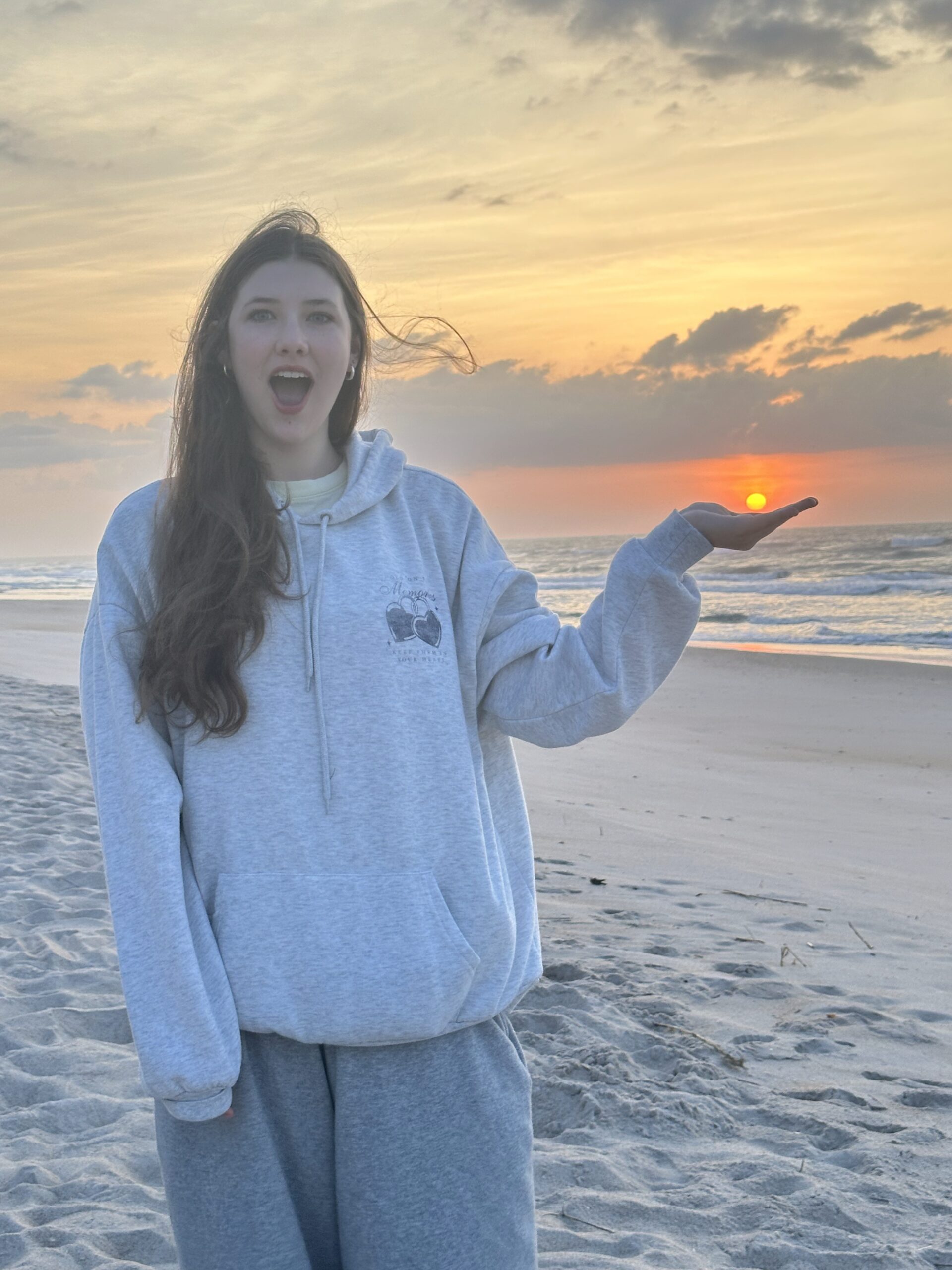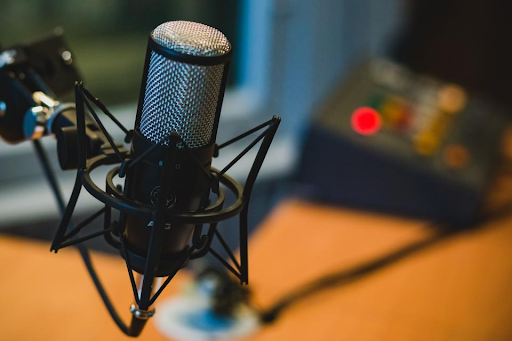In recent years, podcasts have taken the world by storm. After the Covid 19 outbreak and quarantine in 2020, people across the globe found themselves searching for more ways to occupy their time and zone out from their reality – podcasts became that outlet.
The term “Podcast” was coined in 2004 when Adam Curry and Dave Winer developed the iPodder program, which allowed people to download radio broadcasts to their iPods. This idea quickly morphed into what we now know as podcasting and it has become intriguing to thousands of people around the world. Podcasts are now available on Apple Music, Spotify, and more, allowing them to reach a wider audience.
Eventually, everyone was familiar with the concept of podcasts. There were thousands of podcasts with all different genres, covering all different topics. As podcasting began to spark people’s interests, more and more podcasts were created. From 2009 to 2019, the number of new podcasts gradually increased from around 20,000 to almost 337,000.
At this point, the everyday person didn’t have a podcast. You needed an already established following and sponsor for your podcast to be “successful”. The thought of starting a podcast didn’t really occur to the regular person – that is, until March 2020 when the world shut down.
On March 15, 2020, a worldwide quarantine was implemented. People were stuck in their homes for months with nothing but the internet and online shopping. This quarantine led millions of people to try new hobbies. One of these hobbies that enticed thousands of people was podcasting.
In 2020, the number of new podcasts worldwide jumped from around 337,000 in one year to over 1 million in the span of months. Friends, roommates, couples, and even families were making podcasts. And not only were people listening to podcasts but they were watching them.
With the absence of human interaction during Covid, many people turned to movies, TV shows, and YouTube videos to feel a sense of connection. Many podcasters at the time decided to film themselves as they recorded the podcasts, to make it feel as if they were really talking to the listener.
This visual aspect of podcasting began to attract new and younger audiences. High school and college students became more interested in podcasts as time went on and have grown to be the largest age demographic of podcast listeners. Many podcasts have shifted their content to be more intriguing to a younger audience in hopes of more activity.
There are many reasons podcasts are so popular among teens and young adults, but the biggest reason is the ability to multitask while listening. A large number of all podcast listeners are still in school, and the ability to work or study while staying entertained is a selling point.
There are numerous types of podcasts that could spark someone’s interest. Some of these genres include educational podcasts, interview podcasts, advice, true crime, comedy, and much more. There are so many different podcasts made by so many different people with new perspectives and outlooks, there is always something for everyone to enjoy.
Now, even though podcasts are still far more popular than they were in 2019, the craze for podcasts has significantly declined since 2021. In 2021, there were almost 750,000 new podcasts, but in 2023, there were only 220,000 new podcasts that year.
So while the podcast hype has died down, the interest and enjoyment lives on. Millions of podcast listeners around the world continue to listen to or watch their favorite podcasts even if it’s not “cool” or “trendy”. Podcasts are something that every person, no matter what age or demographic, can cherish.

It makes my day better when I park well.

Leave a Reply